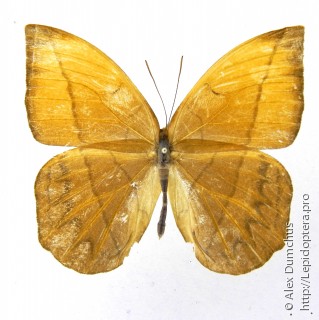Photo #40400: Aemona amathusia
Imago

Click image to enlarge
Base gallery. Upperside. Pinned specimen.
Photo: Alex Dumchus. Image without retouching at the website. Identified by: Dmitriy Pozhogin
Date and time, location shooting/catching: 2015-03-00 00:00:00, Вьетнам, пров.Quang Ngai
Comments on this image
Your comment
Please, create an account or log in to add comments.
Other photos of the same specimen
Other photos Aemona amathusia
There is no other images of this species yet.
Please, create an account or log in to upload your photo
News
- 09.04.2024: Recognition of species/taxa by file names of uploaded photos has become more convenient
- 28.03.2024: We changed timeouts for the author to edit some data for his photos on the website
- 19.03.2024: Insecta.pro and the entomological forum Integration
New photos (18.04.2024)
Fresh from the community
- 18:03, P. Khramov: A nice video from 2004 with Oleg Go...
- 13:02, P. Khramov: Bombus → Bombus sylvestris....
Popular insects
Recommended blog topics
- A. Gordon, O. Gorbunov, V. Murzin on Russian TV in 2004
- Entomologist? What kind of job is it?
- Interview with Alexander Zatakovoy, one of the wild Russian entomologists
- World versus The Moth: part 7. Resurrection.













